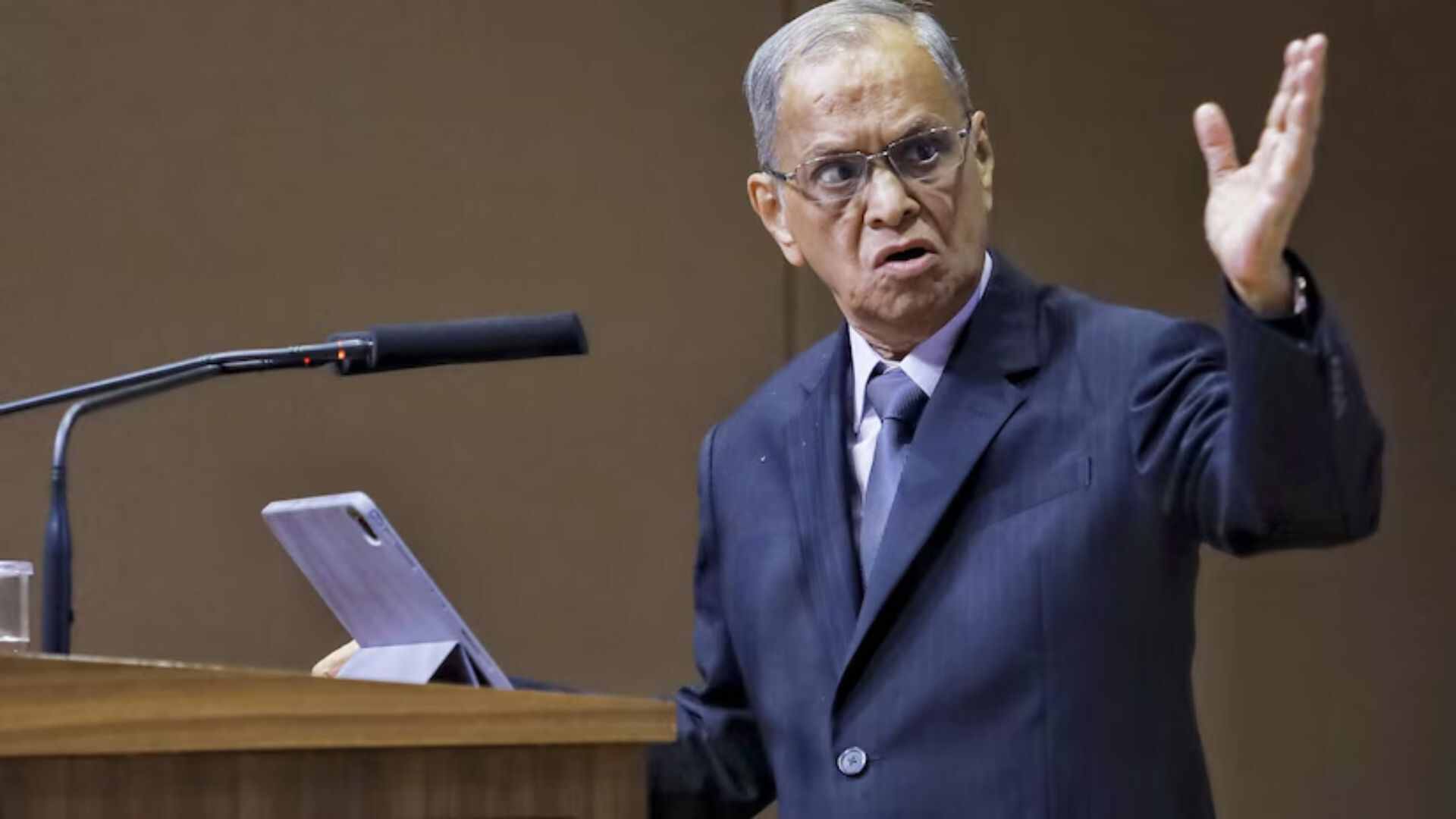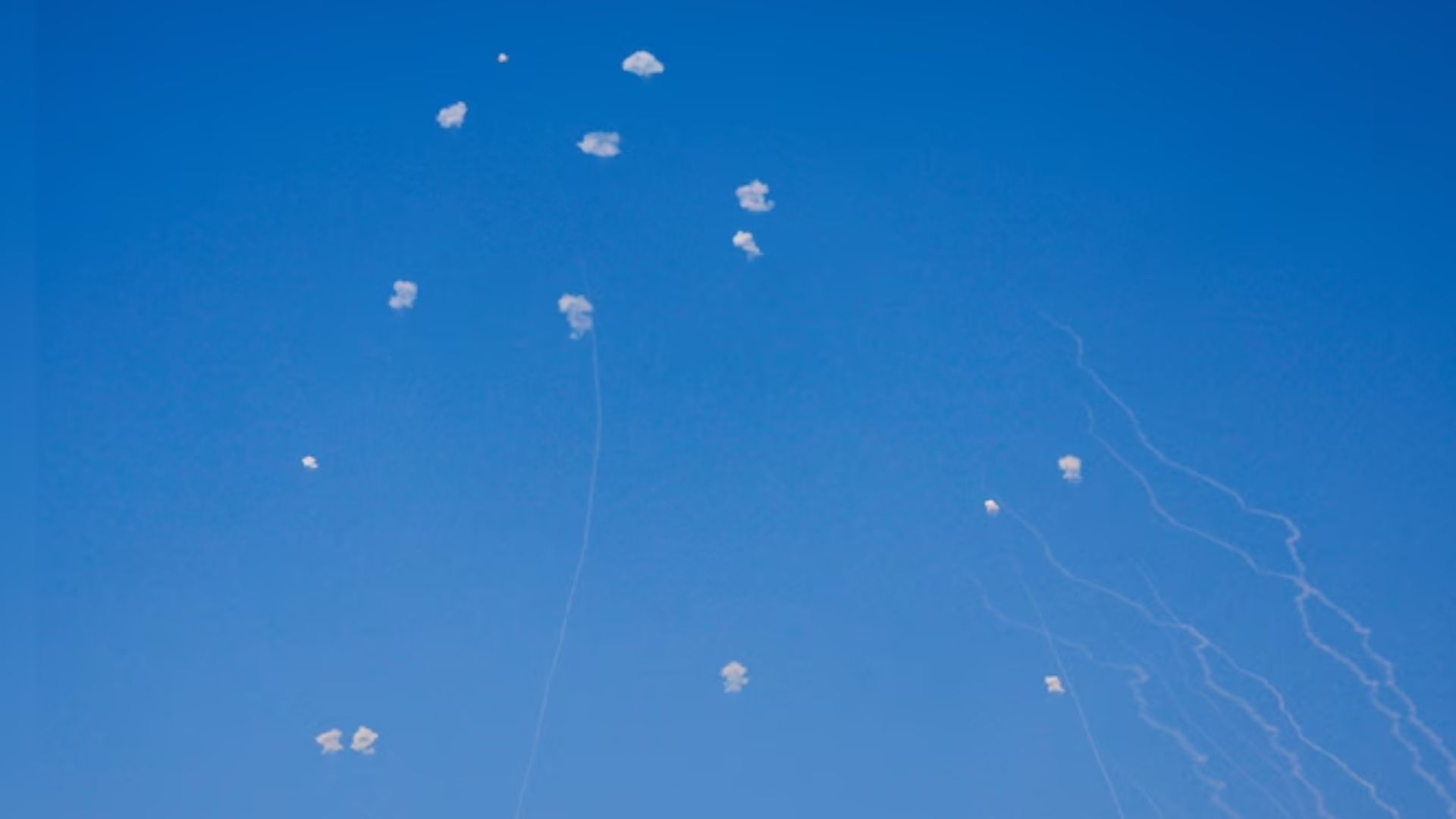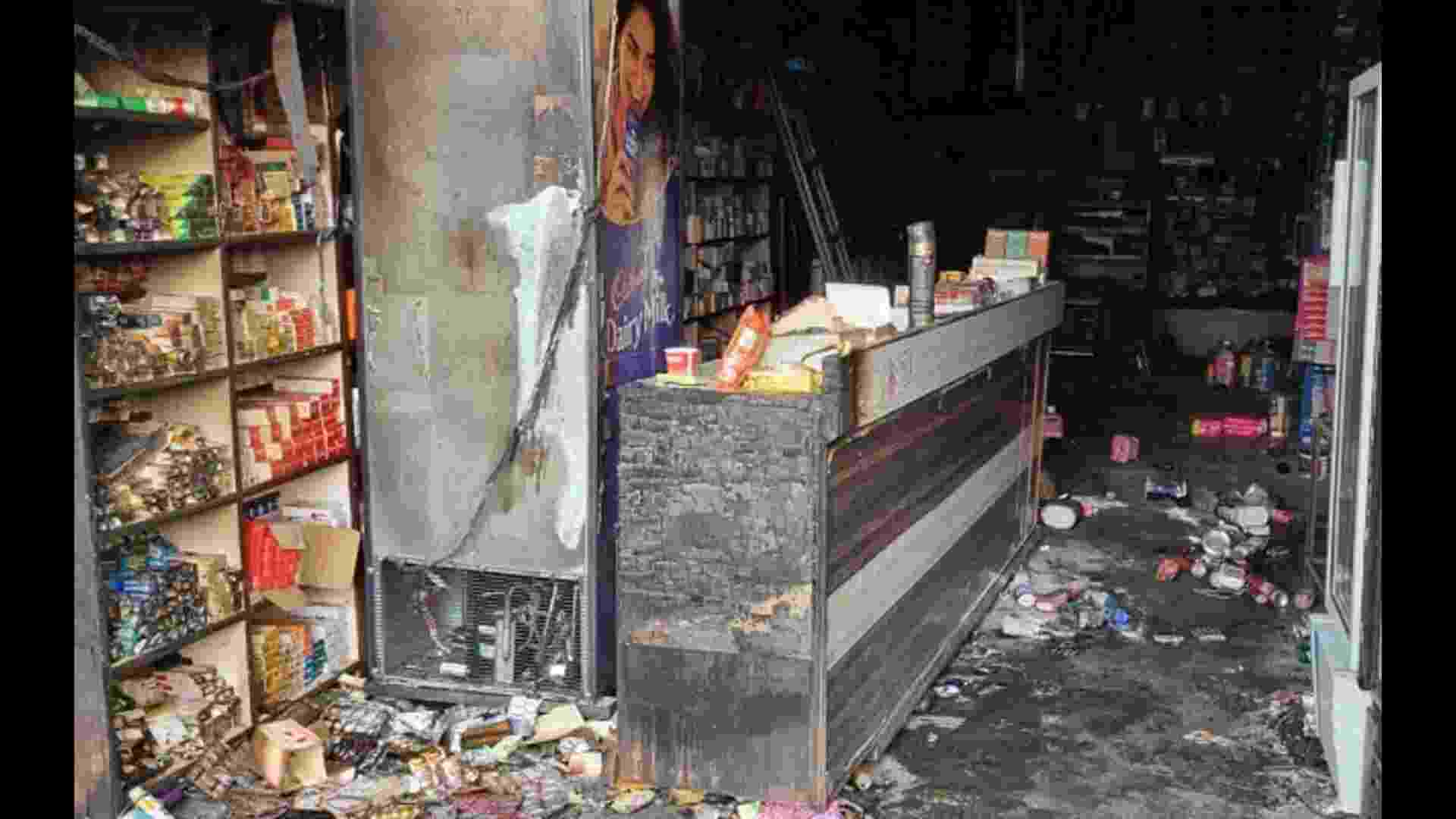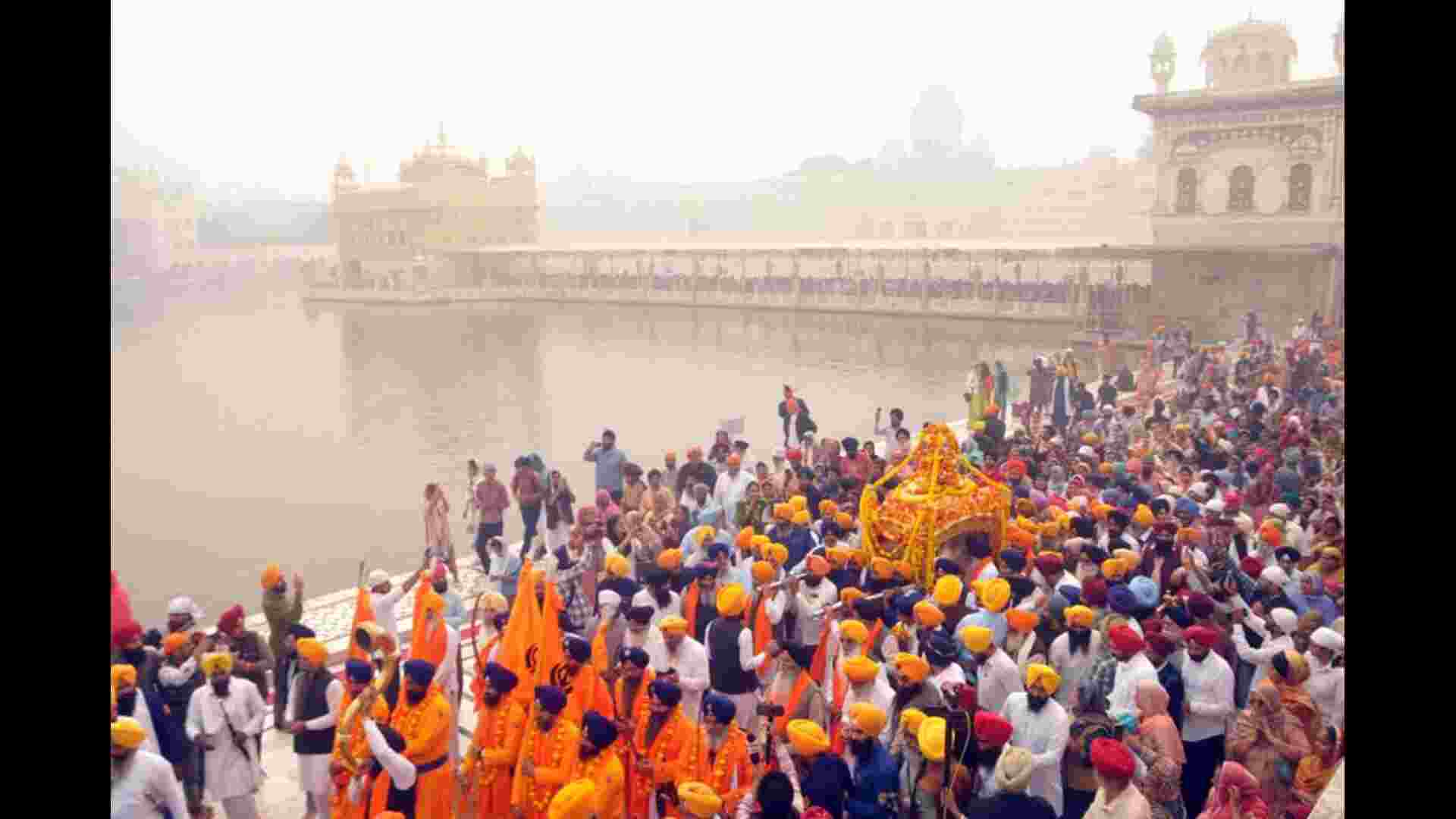
Two of the most vibrant Japanese cities, Hiroshima and Nagasaki, were bombed by American Air Force on the 6 and 9 August 1945, respectively. An average youngster now may not believe this as the two countries share an unmitigated friendship today. These bombings killed more than 166,000 and 226,000 people in Hiroshima and Nagasaki respectively, yet a large number of intellectuals and scientists including the pacifist Bertrand Russell, who had vehemently opposed war as an evil, justified it in one such extreme situation as a lesser of multiple evils. Thousands of innocent Japanese civilians, Korean slaves and PoW of Allied forces suffered an extremely harrowing and excruciatingly diseased future for years to come. The 10 seconds of a fireball over Hiroshima killed millions across many generations for many decades that followed. The heartrending stories coming from the atom bomb survivors, who are called ‘Hibakusha’ (bomb-affected people) in Japanese, have unfolded before us the wisdom which could be considered by muscle-flexing, warmongering nations in global politics today.
World War II was taking its fiercest toll over Allied armies in 1944 and the Battle of Bulge brought the last of Germany’s bloodiest counter offensive which caught them unaware. Hitler’s last war plan of defeating the Allied forces was designed to work in the densely forested terrain of Ardennes region of eastern Belgium, France and Luxembourg during bad weather where the formidable American Air Force would be inoperable. However, the combined counteroffensive by Allied forces turned the tables forcing Hitler to withdraw in his bunker and the Germans for an unconditional surrender on 8 May 1945. This however, did not deter the Japanese from their unrelenting attacks over Allied forces, till on 8th August the Soviet Union declared war on Japan, and the very next day USA dropped the second but much more powerful 15,000 TNT Plutonium bomb code named ‘Fat Man’ over Nagasaki. Finally Emperor Hirohito announced Japanese surrender on 15 August 1945 through his recorded address called the ‘Jewel Voice Broadcast’ and his survival through a targeted coup d’etat against him. It would be interesting for many of us to be reminded that the isolated Japanese units and individual soldiers scattered across the Asian region did not accept surrender and continued with their belligerence till as late as 1970. Such was the suicidal impact of a ferociously nationalist government upon the minds of its citizens.
Can the present generation ever think of a morning when a war plane fitted with a nuclear bomb glides and hovers over their city’s skyline as it happened to be over the vibrant city of Hiroshima? Ironically the bomb was titled ‘Little Boy’ even though its impact was devastatingly too big for humans to hold. The ground temperature reached 4,000°C and radioactive rain lashed the bodies. Besides the huge immediate casualty, no one could provide medical relief as 90 percent of the doctors and nurses in the city were killed, half of the hospitals collapsed and no one was left to drive ambulances. Those who tried coming from other cities with medical supplies also got burns and collapsed due to high radiation impact. In one Hibakusha story a survivor shared that the carnage that was so high that even the whole world’s dedicated burn beds could not have sufficed their need. The 10-minute incident also started a trail of intractable leukaemia and other varieties of thyroid, lung, kidney and skin cancers for decades to come.
Most people born after World War II in an independent world of liberal constitutional governments do ask two question: first, if the science went wrong or the scientists? Second, why were these cities selected for a targeted nuclear attack?
The answer to the first question is that science once delivered to the state becomes a weapon in the form of technology. The answer to the second comes out of this truth. Einstein and Oppenheimer were not aware of the use of their scientific findings. Once it became part of the Manhattan Project’s Target Committee the issue left to be discussed was choosing a Japanese city. Should it be a high population city or a highly industrial city? Where could it inflict the greatest damage? The city of Kyoto was spared off the list as the US Secretary of State convinced President Truman of the city’s great archival, aesthetic and cultural value. Interestingly Nagasaki was not even the selected city for the bombing but as the US Air Force planes flew over the Kokura city, which was a second target to be bombed, a thick wall of clouds engulfed the city and planes had to divert towards Nagasaki. The fuel was depleting and time was running out as even Nagasaki was covered with clouds but suddenly a streak opened up and using the Radar system the city was bombed and generations were devastated.
One would remember the passionate Bertrand Russell and Einstein coming together in 1955 for signing a Manifesto leading to the Pugwash Conferences on Science and World Affairs and later towards a Campaign for Nuclear Disarmament. Russell was later imprisoned for leading a huge campaign for “a ban on the bomb”. The scientists and social scientists had become aware of the imminent dangers to humanity with the coming of nuclear bombs and weapons and many of them such as Einstein, Oppenheimer, Joseph Rotblat and Bertrand Russell got together to establish the ‘World Academy of Art and Science’ in 1960 to push and disseminate agendas for the survival of humanity.
If anyone visits the rebuilt Hiroshima and Nagasaki today one may not find even a trace of agony what the cities have gone through. The Hiroshima Peace Memorial and the famous Atomic Bomb Museum at Nagasaki alongside the Oura Cathedral and Urikami, which are designated UNESCO Heritage sites, are reminders of perseverance, arduousness and inner strength of the Japanese. The pain has translated into traits which make a good human being with patience, respect for diversity and immensely caring to the extent that they would drop you to your destination if you just ask them for an address. Hiroshima is a large, highly populated and vibrant city in Japan today. It is difficult to assess what qualities helped its people to re-emerge from the ashes of corpses but the lesson to be learnt is that in modern warfare even the winner is the biggest loser. Let wars remain a memento of a bygone and not a lighthouse for the present.
The writer is Professor of Administrative Reforms & Emergency Governance, Member Secretary, Institutional Ethics Review Board, Jawaharlal Nehru University, New Delhi.















